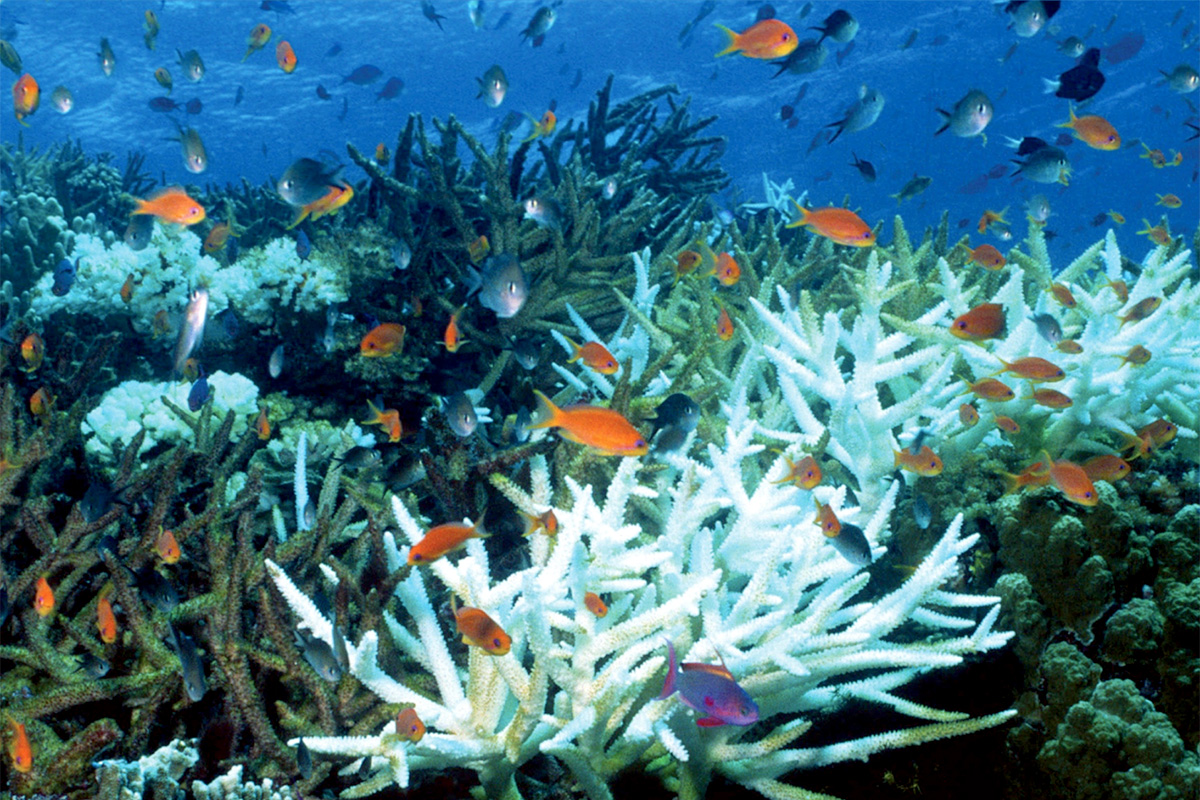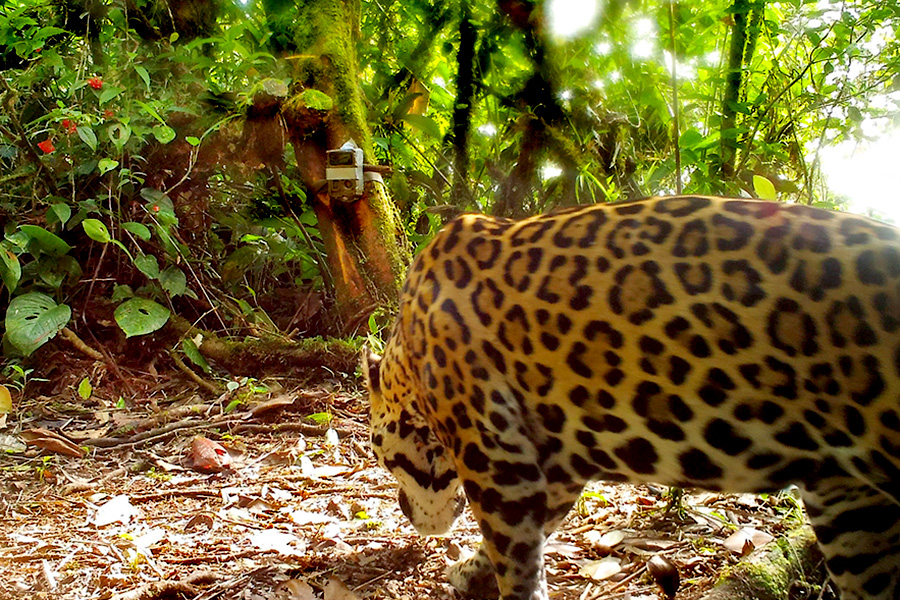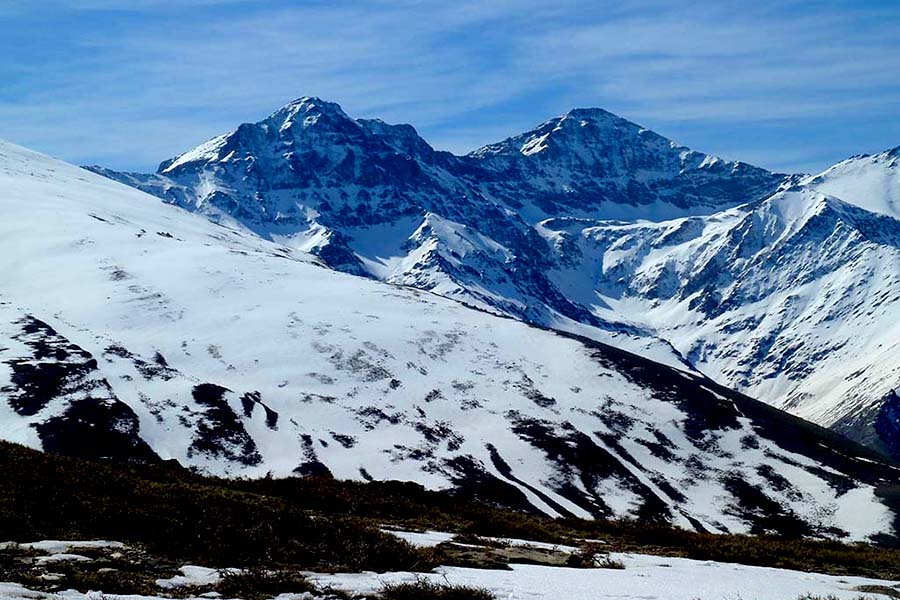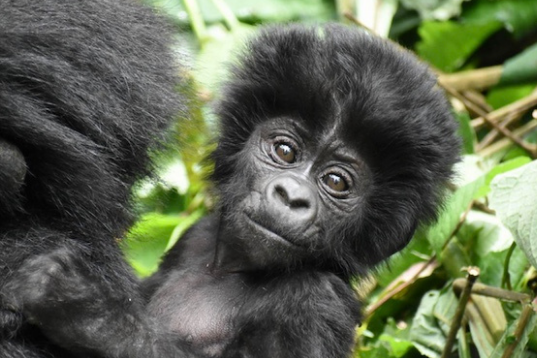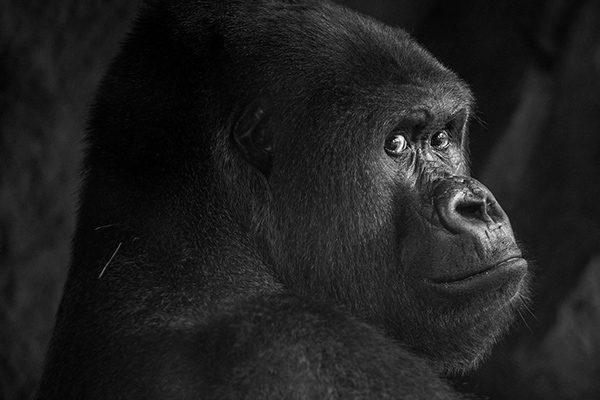Women in Wakhan National Park supporting reforestation efforts. The forests close to the villages will decrease pressure on grazing areas in wildlife habitats. Globally, women are stepping to the fore against wildlife crime and corruption. Through positions they occupy in all walks of life – as influencers in their communities, frontline defenders and wildlife managers, government decision-makers, legislators, scientists, and business leaders - women are working to protect wildlife for the benefit of ecosystems, economies and people.
Wildlife
We celebrate World Wildlife Day in 2021 under the theme "Forests and Livelihoods: Sustaining People and Planet" as a way to highlight the central role of forests. Forest species and ecosystems contribute to sustaining the livelihoods of hundreds of millions of people globally, and particularly of Indigenous and local communities with historic ties to forested and forest-adjacent areas. This aligns with the UN Sustainable Development Goals and their wide-ranging commitments to alleviating poverty, ensuring sustainable use of resources, and conserving life on land.
UNCTAD launched its updated BioTrade Principles and Criteria, for governments and companies to conduct biodiversity-friendly trade in an environmentally, socially and economically sustainable manner. The term “BioTrade” refers to the commercialization of goods and services derived from a country’s biodiversity. Curtailing illegal wildlife trade is imperative to stop biodiversity loss, with an estimated one million plant and animal species now at risk of extinction. The threat is not only ecosystem collapse but also a heightened risk of new pandemics such as COVID-19.
Primatologists around the world are closely monitoring the disease in the infected San Diego gorillas. UNESCO has alerted managers of its biosphere reserves and world heritage sites.
Mountains’ unique topography, compressed climatic zones, and isolation have created the conditions for a wide spectrum of life forms. Mountains provide great biodiversity and many endemic varieties of ecosystems, species and genetic resources. Their topography in terms of altitude, slope and exposure offers opportunities to grow a variety of high-value crops, horticulture, livestock and forest species. This year, for International Mountain Day (11 December), FAO focuses in celebrating mountains as the home to half of the world’s biodiversity hotspots and addresses the threats they face.
The ICC will help advance the initiative co-founded by the United Nations Development Programme (UNDP), to encourage greater private sector investment in biodiversity conservation.
Bridging the divide: Transforming the human-carnivore relationship to protect snow leopards
The mountain gorilla population was threatened with extinction by poaching, disease and deforestation. Conservation measures involving local communities have led to a significant increase in the numbers of this iconic species.
For ten years, Dixon Parmuya has guided tourists on bush walks around Amboseli National Park in Southern Kenya. But since COVID-19 swept through Kenya in mid-March, the country’s tourism industry has dwindled, leaving many locals without jobs and animals without protection. Most of Kenya’s programmes to protect wildlife are funded directly by tourist dollars and with visitor numbers down, money for conservation is drying up, say experts. In Africa, UNEP is working closely with governments and partners to encourage wildlife-based economies – where local communities are central to protecting the wildlife areas they inhabit, for mutual benefit of both.
The 60,000-plus green monkeys of St. Kitts and Nevis are a quintessential part of the Caribbean experience for many visitors, but they are putting pressure on native species.
In recent years threats like increased accessibility, wildfires and new economic activities are compromising Guyana Rupununi’s rich biodiversity. Here’s their community struggle to maintain a healthy balance.
Both humans and great apes are susceptible to infectious diseases; and introducing human pathogens to the great ape population could result in catastrophic losses.




